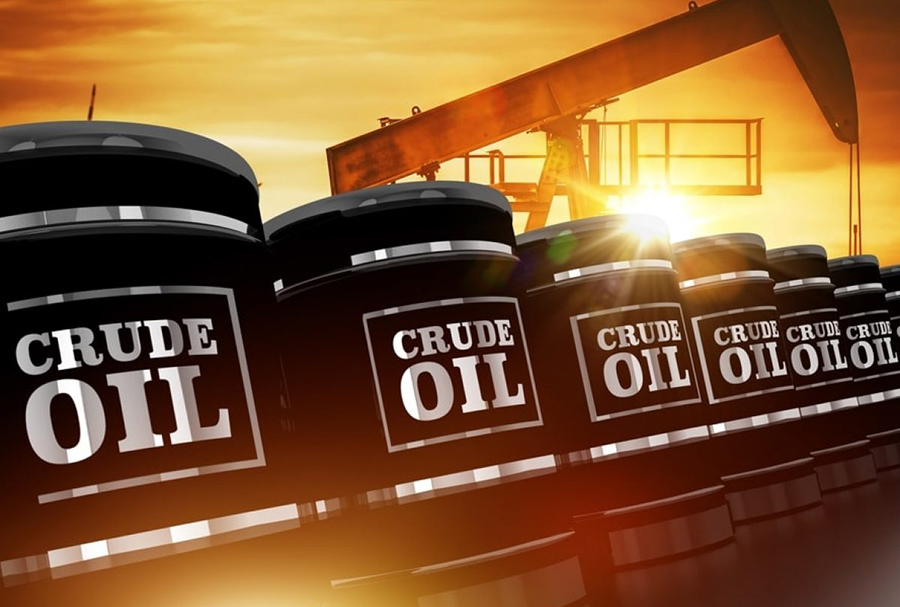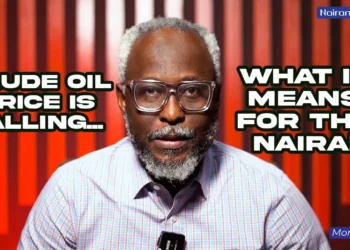Crude oil prices hit their highest price levels since March at the second trading session of the week. The macros driving crude oil bulls to such gains include reports that COVID-19 vaccine candidate might likely tame the rising COVID caseloads, coupled with U.S. President-elect Joe Biden going ahead to begin his leadership transition.
- At the time of writing this report, Brent crude futures rose higher than 1% to trade at $46.56 a barrel while U.S. West Texas Intermediate crude soared higher than 1%, to $43.59 a barrel.
- Brent crude futures on Tuesday struck its highest price level since early March after the fight between the two oil-producing juggernauts (Saudi Arabia and Russia), which sent oil prices melting like an ice cream exposed in the sun.
- Both major oil benchmarks closed 2% up yesterday after gaining about 5% last week.
READ: Crude oil prices up 12% in barely 4 days, triggered by OPEC+ proposed cuts
Stephen Innes, Chief Global Market Strategist at Axi in an explanatory note to Nairametrics dissected the macros hitting crude oil prices to soar higher;
“Oil benefited from the vaccine news, with WTI trading around $43 a barrel and Brent near $46 even when the US dollar rallied on positive US PMI numbers and taking a bit of steam out of the broader commodity markets.
READ: Buying signs: Ethereum’s total coin supply held off exchanges continues to rise
“While the air looks a bit thin above WTI $43, still, the announcement over the weekend that US COVID-19 vaccinations could begin in early December has spurred another wave of optimism for oil and wider markets, bolstered yesterday by the AstraZeneca version of the vaccine.
“Oil markets are rightly jumping for joy as the AstraZeneca delivery is a big deal as most of the developed world will be able to immunize its most at-risk population to COVID by the spring and likely the entire community by mid-year.”
READ: Newly created accounts for Bitcoin hit highest level since January 2018
What to expect: The curve has continued to shift, flattening considerably from 3Q21 into 1Q22, with the time spreads from Dec21 now in backwardation. The shortage is priced into WTI from the end of next year as a capital discipline remains the priority for oil firms.
























